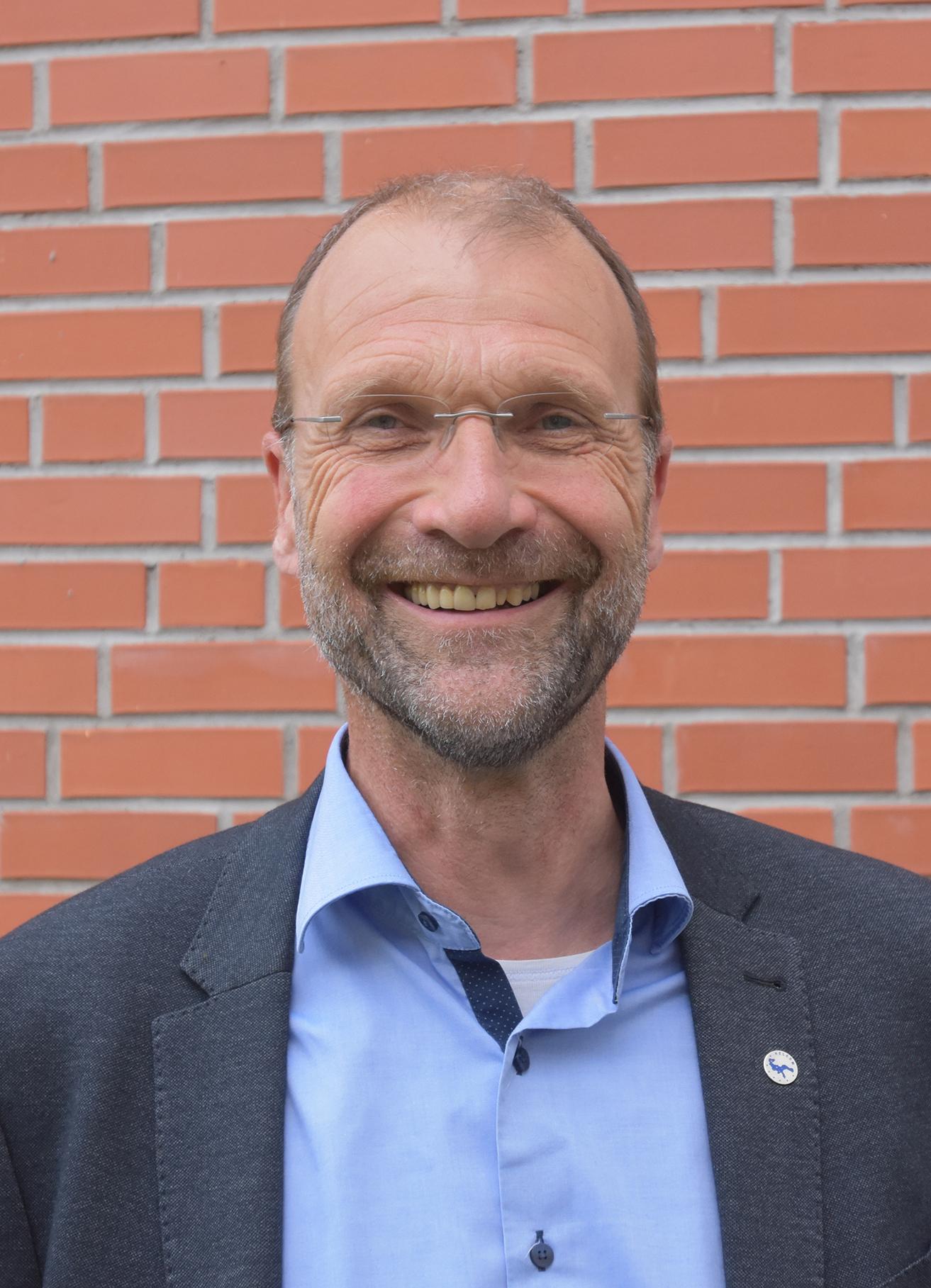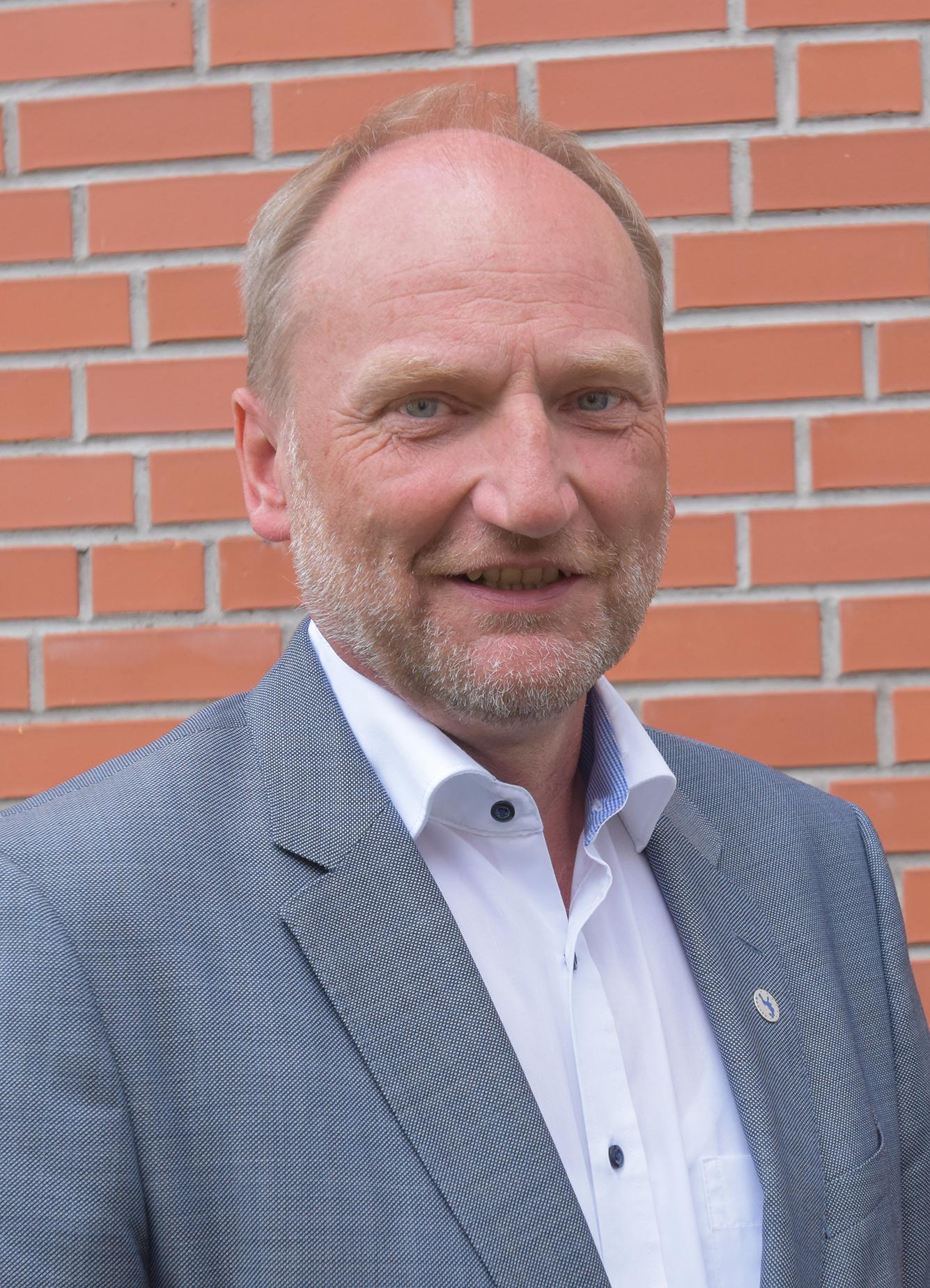Germany 2020-2022

The update of the Baltic Sea Action Plan (BSAP) was a key priority of the German Chairmanship of HELCOM. The ten-year plan, which the environment ministers of the Baltic Sea countries and the European Union adopted in Lübeck (Germany) in 2021, contains about 200 actions to protect the Baltic Sea. Specific programmes and strategies complement these measures.
Priorities of the German Chairmanship of HELCOM
1 July 2020 – 30 June 2022
Successful global marine protection is only possible with strong regional cooperation
1 – Working together for our sea – the Baltic Sea
The protection of the Baltic Sea is our top priority. However, HELCOM, too, is confronted with the social and economic impacts of the coronavirus pandemic. With the mandate of providing the best possible protection for the Baltic Sea, the update of the Baltic Sea Action Plan and future HELCOM decisions should therefore be specifically reviewed for their relevance to the climate and biological diversity and for their suitability. Ecosystems need to be resilient to withstand the stresses of climate change and human activities. Sustainable economic recovery over the months ahead must also lead to progress on environmental protection, including marine protection.
2 – Strengthening ocean governance
HELCOM is a symbol of successful regional cooperation on marine protection, deeply rooted in science and in dialogue with stakeholders. It looks for practical ways to ensure that decision-making processes give due consideration to the economic and social significance of healthy marine ecosystems.
- Our goal, too, is to closely connect the planned HELCOM Science Agenda and the Baltic Sea Action Plan with the UN 2030 Agenda and other international processes.
- We advocate stepping up cooperation that has already been initiated in the Baltic Sea region between HELCOM and other important stakeholders for marine protection. We also advocate HELCOM playing an active part in the UN Ocean Conference in 2021.
- We want to help highlight the economic consequences of major stresses on marine ecosystems and the management of the Baltic Sea.
3 – Updating and implementing the BSAP – making progress on specific requirements
The Baltic Sea Action Plan and the supplementary Regional Marine Litter Action Plan have set ambitious goals and measures. Despite success achieved to date, good environmental
status has not yet been attained for Baltic Sea ecosystems, and the planned measures and activities have not yet been implemented in full. It is important not only to update the Baltic Sea Action Plan but also to visibly accelerate and intensify its implementation. One particularly urgent task is to join forces to further reduce the high nutrient pollution in the Baltic Sea, which remains the biggest burden on the Baltic Sea ecosystems.
- One of our priorities is to achieve an ambitious conclusion to the revision of the BSAP and to work together with determination to implement it.
- We are ready to develop options for action to reduce nutrient inputs, for example by analysing barriers to implementation, updating nutrient hotspots and assessing local tailor-made approaches (for example the Schlei model region – how measures in the catchment area of an inlet can help reduce nutrient inputs, improve biodiversity and promote climate action).
- We see a considerable need to work together on driving forward implementation of the Regional Marine Litter Action Plan. To name just one of many examples, we would like to highlight our support for the development of regional solutions to the problem of ghost nets.
4 – Tackling new solutions for well-known, pressing challenges
In addition to challenges in protecting the Baltic Sea such as the impacts of climate change, warfare material in the sea and underwater noise are threats that have long since been known, and solutions are urgently required. Munition containers are corroding, and their toxic munition compounds are increasingly entering the marine environment.
Commercial and recreational shipping, the expansion of offshore wind power and other technical infrastructures are examples of noise pollution sources in the sea.
- We advocate regular exchanges of expertise, information sharing and technology tests with the goal of gaining a better overview of the scale of munition compounds and their potential impacts. The ultimate aim is to ensure the safe and environmentally sound removal of munition from the Baltic Sea.
- We see the Regional Action Plan on Underwater Noise, which should be implemented, with a focus on measures, together with key sectors such as shipping and the offshore industry, as an innovative step for HELCOM in its endeavour to move forward on avoiding and minimising noise inputs.
5 – Strengthening marine biodiversity
For decades, marine biodiversity in the Baltic Sea has been subject to anthropogenic impairments, but also to natural variations. Although the general status of biodiversity continues to deteriorate, there have been positive developments for some species, for example grey seals. The impacts of human activities, together with those of climate change, remain the largest threats and challenges.
- We are striving for the completion and development of the coherence of the HELCOM network of marine protected areas and their management with effective protection and conservation measures.
- We want to step up efforts and measures to protect and conserve endangered species and habitats in the Baltic Sea and, for example, to contribute to improving the status of the harbour porpoise populations in the Baltic Sea. We aim to make progress on the reintroduction of the sturgeon and support the tracking of the routes of migratory birds in the Baltic Sea region.
- We plan to test marine mammals for pollutants in order to help assess the state of their health. As final links in the food webs in the Baltic Sea, the state of their health needs to be enhanced to ensure their conservation.
6 – Climate change and the Baltic Sea – understanding and responding
Climate change is one of the most pressing environmental problems worldwide. The impacts of climate change have long been felt in the Baltic Sea and its coasts. Over the past two years, HELCOM has made major progress in tackling these problems.
- We want to continue resolutely along our jointly chosen path of considering climate aspects in all of HELCOM’s activities.
- We want to further sound out the potential and relevance of blue carbon as natural carbon sinks in the Baltic Sea, and assess possible options for action.
- We see an important role for HELCOM in explaining the interactions between climate action and marine protection, including for climate policy, to a wide audience.
- The project “Baltic Sea Coast Strategy 2100” is a good example of how the countries bordering the Baltic Sea can prepare in an ecologically sustainable way for possible impacts such as a rise in sea levels and an increase in extreme weather events.
We are looking forward to working together in the next two years, which will see us face special challenges. We are confident that we will continue to reach forward-looking solutions even in this difficult time.
Chair of HELCOM (2020-2022)




